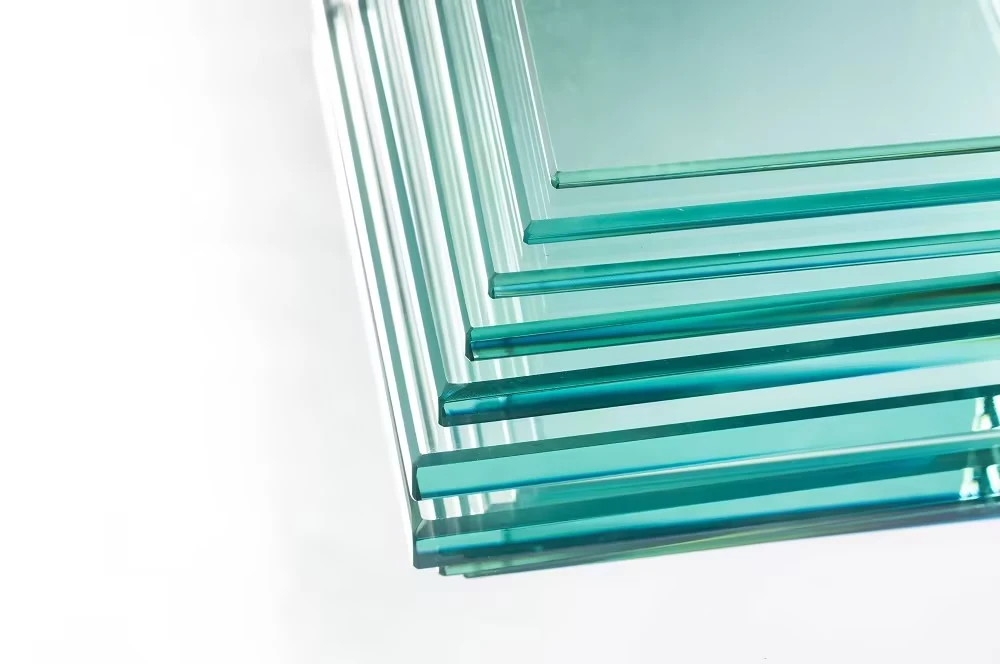

The Benefits and Applications of Low-E Glass Panels
In today's world, energy efficiency and sustainability are at the forefront of architectural design and construction. One of the most innovative advancements in this realm is the development of low-emissivity (low-E) glass panels. These specialized glass products have revolutionized the way we think about windows and glass facades, providing a wide array of benefits suited for both residential and commercial applications.
What is Low-E Glass?
Low-E glass is a type of energy-efficient glass that has a microscopic coating designed to reflect infrared energy while allowing visible light to pass through. This coating significantly reduces the amount of heat that can escape from a building during colder months and minimizes the amount of solar heat that enters during warmer periods. Consequently, low-E glass panels help maintain stable indoor temperatures, which can lead to substantial savings on heating and cooling costs.
Energy Efficiency and Cost Savings
One of the most compelling advantages of low-E glass is its impact on energy efficiency. By enhancing a building’s insulating properties, low-E glass can reduce energy consumption by up to 30-50%. This reduction translates directly into lower utility bills. Over time, the initial investment in low-E windows can be recouped through energy savings, making them an economical choice for homeowners and businesses alike.
Moreover, the environmental benefits of using low-E glass should not be underestimated. By using less energy for heating and cooling, buildings reduce their carbon footprint, contributing to a more sustainable future. This aligns with global goals to mitigate climate change and enhance energy conservation practices.
Comfort and Aesthetic Appeal

In addition to energy efficiency, low-E glass panels significantly enhance indoor comfort. Since they help regulate temperature fluctuations, occupants can enjoy a stable and comfortable indoor environment regardless of outdoor weather conditions. Furthermore, low-E glass reduces glare and minimizes fading of furnishings and carpets, which can be particularly beneficial for residential settings as well as galleries and retail spaces.
The aesthetic appeal of low-E glass should also be highlighted. Modern architectural designs often incorporate large expanses of glass to maximize natural light and create a seamless connection with the outdoors. Low-E coatings can achieve this without compromising on energy performance, allowing architects and designers to create striking and sustainable visual environments.
Applications Across Industries
Low-E glass panels are versatile and can be integrated into various applications across different industries. In residential construction, they are commonly used in windows, sliding doors, and skylights. In commercial buildings, low-E glass is widely used in storefronts and curtain walls, where both aesthetics and energy efficiency are critical considerations.
Furthermore, the use of low-E glass is not limited to new builds. Retrofitting existing structures with low-E glass can significantly enhance their thermal performance, making them more competitive in the modern market. This is particularly relevant for older buildings that may require upgrading to meet new energy standards or to improve comfort levels for occupants.
Conclusion
In summary, low-E glass panels represent a significant advancement in building materials, marrying energy efficiency, cost savings, comfort, and aesthetic appeal. Whether in residential homes or commercial spaces, the advantages of low-E glass are numerous and impactful. As the world continues to prioritize sustainable living and energy conservation, the demand for low-E glass is likely to grow, leading to more innovative applications and developments in glass technology. By embracing low-E glass, we can contribute to a greener planet while enjoying modern comforts and efficient designs.